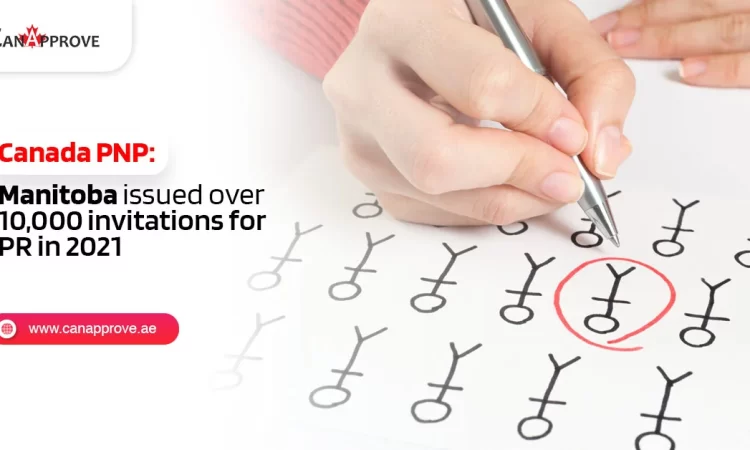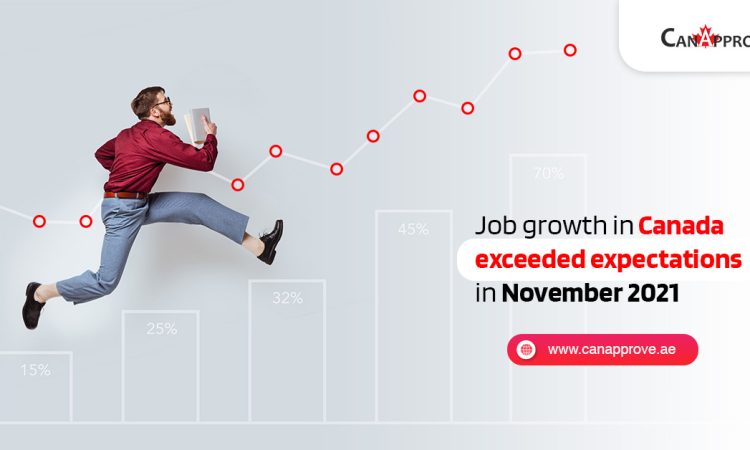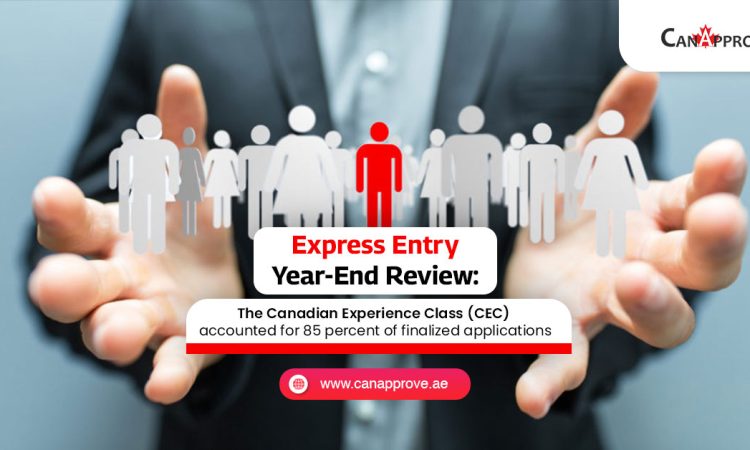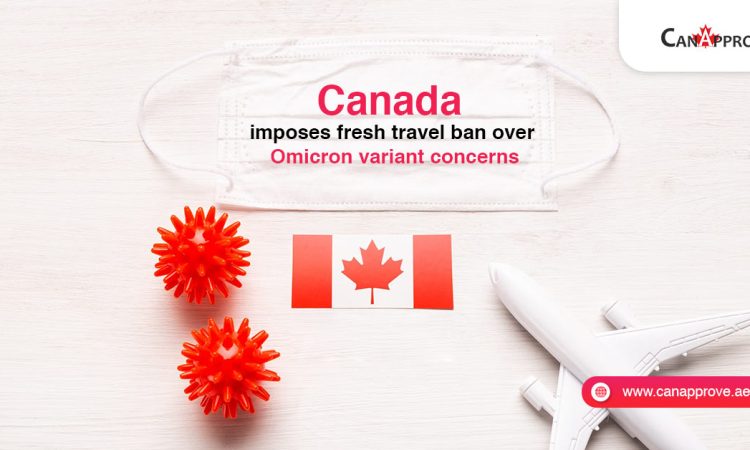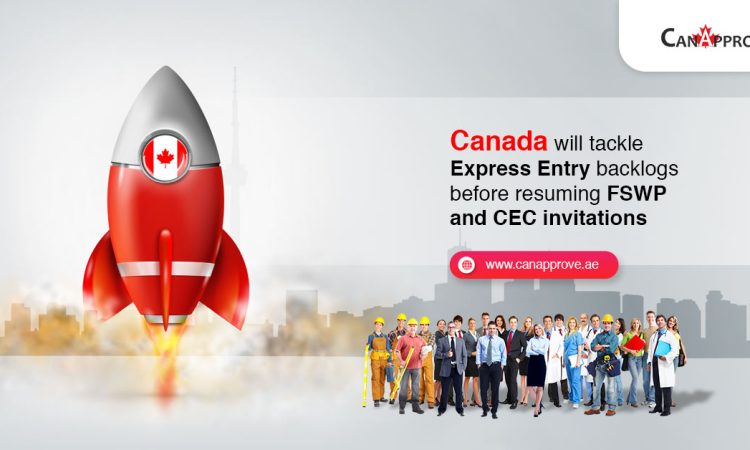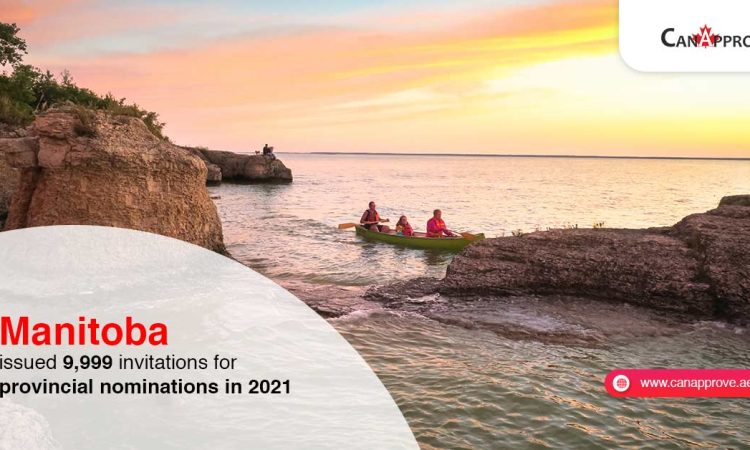The Canadian province of Manitoba held a new round of nomination draw on December 02. The Manitoba PNP draw issued a total of 438 Letters of Advice to Apply (LAAs) to eligible candidates. All the invited immigration applicants are now one step closer to applying for Canada PR via Provincial Nominee Program.
Summary of latest Manitoba PNP nomination draw:
|
Manitoba invited eligible immigrants to apply through one of the following three Provincial Nominee Program (PNP) streams – Skilled Workers in Manitoba, International Education Stream, and Skilled Workers Overseas.
The province also picked eligible candidates directly from the federal pool, making them eligible for Canada PR Express Entry.
With an annual target of about 401,000 new immigrants for the next three years, the time is now ripe to start planning to apply for Canada PR via Provincial Nominee Program.
Manitoba Issued 10,437 Invitations to Apply for Canada PR via Provincial Nominee Program so far in 2021
Manitoba is one of the western provinces of Canada that is booming with new economic activities. The demography of the province is aging and the workforce is now more dependent on foreign skilled immigration due to a lack of native talents.
CanApprove is seeing an increase in demand for Civil Engineers (NOC 2131) in the coming years.
Ask us about our dedicated International Engineering Graduate Program. Explore your chances of Canada PR Express Entry with us today!
Interested immigration applicants are needs to register their Expression of Interest (EOI) separately with the Manitoba Provincial Nominee Program. The registered profile will be evaluate and assess. It is then ranked out of 1,000 points for its human capital factors. It includes factors like age, education, work experience, language proficiency, as well as their connections to the province.
In order to apply for Canada PR via Provincial Nominee Program from outside Canada, applicants may qualify for the Skilled Workers Overseas stream. They will have to demonstrate their connections to Manitoba such as –
- close family ties,
- previous experience in the province, or
- an invitation through one of Manitoba’s Strategic Recruitment Initiatives.
A full-time job offer from any employer situated in the province is mandatory.
Select profiles may now receive LAAs to apply for provincial nomination and eventually permanent residency through Canada PR Express Entry.
International students who graduated from any institute in Manitoba can apply for provincial nomination under MPNP’s International Education Stream.
Canada PR Express Entry through Provincial Nominations
Express Entry is a direct entry program to obtain permanent residence without the need for provincial nominations. Whereas one is guaranteed a Canada PR with a successful provincial nomination. It adds up to 600 additional points to the overall Express Entry CRS score.
Take this free assessment online to determine your eligibility.
Book a free appointment with CanApprove to kick-start your immigration process with confidence & to make your Canada PR dream a reality!
 WHATSAPP
WHATSAPP